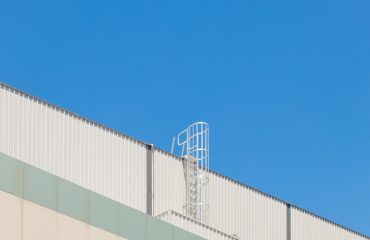API 5L is a globally recognized standard for line pipe, crucial for the oil and gas industry, and other high-pressure applications. Understanding its intricacies is vital for engineers, procurement professionals, and anyone involved in pipeline projects. This comprehensive guide will delve into the key aspects of API 5L, providing a clear and concise explanation.
Understanding API 5L Specifications
API 5L, officially titled “Specification for Line Pipe,” is published by the American Petroleum Institute (API). It outlines the requirements for seamless and welded steel line pipe intended for transporting liquids and gases in high-pressure pipelines. The specification covers various aspects, including:
- Material Grades: API 5L defines numerous grades of steel, each with specific mechanical properties, such as yield strength, tensile strength, and elongation. These grades are crucial for selecting the appropriate pipe for a given application based on pressure, temperature, and environmental conditions.
- Manufacturing Processes: The standard details the acceptable manufacturing processes for both seamless and welded pipe, including the necessary quality control measures at each stage of production.
- Dimensions and Tolerances: API 5L specifies the permissible variations in pipe dimensions, ensuring interchangeability and proper fitting during pipeline construction.
- Testing Requirements: The standard mandates various tests to ensure the pipe meets the required quality and performance standards. These tests include hydrostatic testing, tensile testing, bend testing, and others depending on the pipe grade and application.
API 5L Pipe Grades: A Detailed Breakdown
The API 5L standard categorizes line pipes into various grades, denoted by letters (e.g., X42, X52, X65, X70, and so on). The numerical designation (e.g., 42, 52, 65, 70) represents the minimum yield strength of the pipe in thousands of pounds per square inch (ksi). Higher numbers indicate higher strength and suitability for higher-pressure applications. Beyond the ‘X’ grades, there are also PSL1 and PSL2 designations which denote different levels of quality control and testing. PSL2 pipes undergo more stringent testing and have tighter tolerances than PSL1 pipes. Specific grades are chosen based on the design pressure, operating temperature, and environmental conditions of the pipeline.
Applications of API 5L Line Pipe
API 5L line pipe finds extensive use in various industries, primarily:
- Oil and Gas Pipelines: This is the primary application, transporting crude oil, natural gas, and refined petroleum products across long distances.
- Water Pipelines: API 5L pipe can also be used in high-pressure water transmission pipelines.
- Chemical Pipelines: Transporting various chemicals and other fluids requires robust piping, often meeting API 5L standards.
- Other Industrial Applications: Other industries might utilize API 5L pipe where high-strength, durable, and reliable piping is needed.
The choice of the specific API 5L grade depends heavily on the operating conditions of the pipeline, including the pressure, temperature, and the nature of the transported fluid.
API 5L Testing and Quality Control
Rigorous testing is a cornerstone of API 5L compliance. Manufacturers must conduct various tests to verify that the produced pipes meet the specified requirements. These tests include:
- Hydrostatic Test: This test involves pressurizing the pipe with water to check for leaks and ensure the pipe can withstand the designed operating pressure.
- Tensile Test: This test determines the pipe’s tensile strength, yield strength, and elongation.
- Bend Test: This test assesses the pipe’s ductility and its ability to withstand bending without cracking.
- Flattening Test: This test measures the pipe’s ability to withstand flattening without failure.
- Hardness Test: This test determines the hardness of the pipe material, which is related to its strength and wear resistance.
- Nondestructive Testing (NDT): Techniques like ultrasonic testing (UT) and radiographic testing (RT) are used to detect internal flaws and defects without damaging the pipe.
Documentation of these tests is crucial for demonstrating compliance with API 5L standards.
Ensuring API 5L Compliance and Certification
Compliance with API 5L is not merely a recommendation; it’s often a mandatory requirement for pipeline projects. To ensure compliance, manufacturers must adhere to the specified requirements throughout the manufacturing process. Independent third-party inspection and certification are often involved to verify the quality and conformity of the pipes to the API 5L standard. These certifications provide assurance to the buyers that the pipe meets the required specifications and has undergone the necessary testing. This is critical for ensuring the safety and reliability of pipelines and preventing costly failures.
Understanding API 5L is paramount for anyone working with line pipes. This comprehensive guide has provided a detailed overview of the standard’s key aspects. By adhering to API 5L, the industry can ensure the safety and reliability of pipelines, protecting both the environment and human lives.




